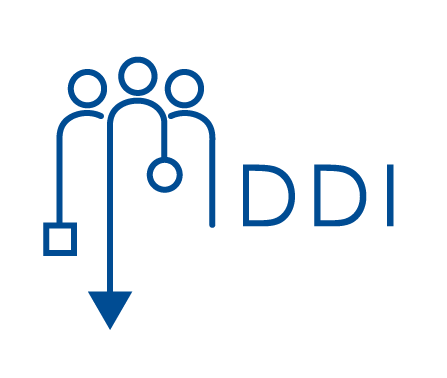Publikationen
Art der Publikation: Beitrag in Sammelwerk
How Pupils Classify Digital Artifacts
- Autor(en):
- Diethelm, I.; Brinda, T.; Schneider, N.
- Herausgeber:
- Barendsen, E.; Hubwieser, P.
- Titel des Sammelbands:
- Proceedings of the 12th Workshop in Primary and Secondary Computing Education (WIPSCE 2017), Nijmegen, The Netherlands, 8-10 November 2017
- Seiten:
- 99-100
- Verlag:
- ACM Press
- Ort(e):
- New York
- Veröffentlichung:
- 2017
- Sprache:
- Englisch
- Digital Object Identifier (DOI):
- doi:10.1145/3137065.3137079
- Link zum Volltext:
- https://www.ddi.wiwi.uni-due.de/forschung/publikationen/acm/#diethelm-et-al-2017
- Zitation:
- Download BibTeX
Kurzfassung
The perception and previous knowledge of pupils are an essential but rarely explored part of the arrangement of computer science education. Most pupils use computers, smartphones and the Internet on a daily basis and develop their own understandings of them, but these conceptions are hardly integrated in their education. According to the idea of educational reconstruction, the pupils' processes of learning will be supported and made easier and their cognitive representations of the subject matter will get more interconnected and applicable, if their understandings are included in the educational processes. Therefore, we adopted an early study from biology education and investigated how 386 German pupils of different school types arranged, categorized and distinguished 23 terms related to the digital world (eg. "computer", "mobile phone", "Facebook"). We also asked, if any of the terms does not belong to the other terms in the opinion of each respondent, and found that robots and 3D were the most frequent terms not to belong to any of the others.

